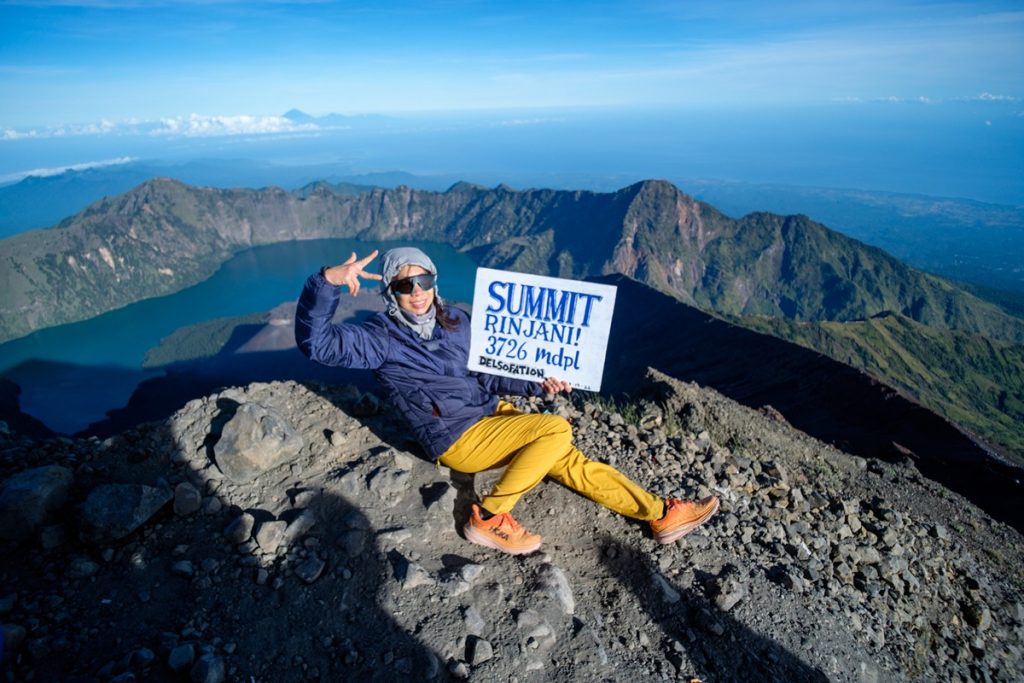Mount Rinjani, the iconic volcano on the Indonesian island of Lombok, offers trekkers an incredible adventure with its lush landscapes, stunning crater lake, and challenging ascents. However, choosing the right time to embark on this journey is crucial for a safe and enjoyable experience. In this guide, we’ll help you determine the best season to climb Mount Rinjani.
The Seasons of Mount Rinjani
Mount Rinjani experiences two primary seasons:
- Dry Season (April to October)
- Peak Season: May to August
- Wet Season (November to March)
- Monsoon Season: November to January
The Best Time to Climb Mount Rinjani
- Dry Season (April to October)
The dry season is the most popular time for trekking Mount Rinjani, and for good reason. Here’s why this season is the preferred choice for many trekkers:- Favorable Weather:
- Clear Skies: The dry season offers the best chances for clear skies and stunning views from the summit.
- Minimal Rainfall: Rainfall is at its lowest during this time, reducing the risk of slippery trails and rain-related discomfort.
- Comfortable Temperatures:
- Moderate Temperatures: Daytime temperatures are generally pleasant, making trekking more comfortable.
- Milder Nights: Evenings are cool but not excessively cold, allowing for better rest at campsites.
- Accessibility:
- Open Trails: The trekking trails are typically open, accessible, and well-maintained during the dry season.
- Stable Conditions: Fewer weather-related disruptions mean a smoother trekking experience.
- Peak Season Atmosphere:
- Vibrant Atmosphere: The dry season coincides with the peak tourist season, creating a lively atmosphere along the trails and at campsites.
- Fellow Trekkers: The presence of other trekkers can enhance your sense of camaraderie and provide a more social experience.
- Favorable Weather:
- Wet Season (November to March)
While the wet season presents unique challenges, it can still be a rewarding time to trek Mount Rinjani for the adventurous and well-prepared trekker. Here’s what you should consider:- Fewer Crowds:
- Quieter Trails: The wet season sees fewer trekkers, providing a more solitary experience for those seeking tranquility.
- Lower Prices: Accommodations and trekking packages may be more affordable during this time.
- Lush Scenery:
- Vibrant Greenery: The wet season transforms the landscape into a lush, green paradise, with wildflowers in full bloom.
- Waterfalls: The waterfalls along the trek are at their most spectacular during this period.
- Rainfall Challenges:
- Challenging Conditions: Heavy rainfall can create muddy, slippery trails and potentially hazardous conditions.
- Summit Visibility: Cloud cover can obscure views from the summit during the wet season.
- Experienced Trekkers:
- Recommended for Experienced Trekkers: Trekking Rinjani during the wet season is best suited for experienced trekkers who are prepared for adverse weather conditions.
- Fewer Crowds:
Choosing Your Ideal Time
The best time to climb Mount Rinjani ultimately depends on your preferences and trekking experience. The dry season, especially from May to August, is the most popular and offers the best weather conditions for a successful summit attempt. However, the wet season can provide a unique and less crowded experience for those who are well-prepared and seek the lush beauty of the rainy season.
No matter when you choose to embark on your Rinjani adventure, thorough planning, proper gear, and experienced guides are essential to ensure your safety and enjoyment.

